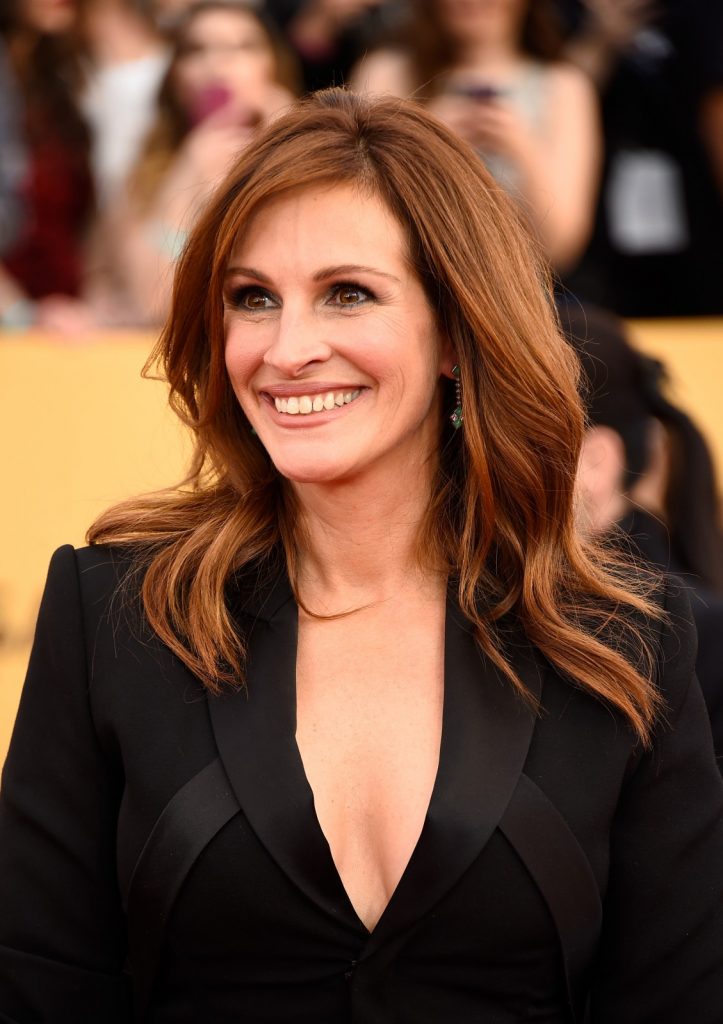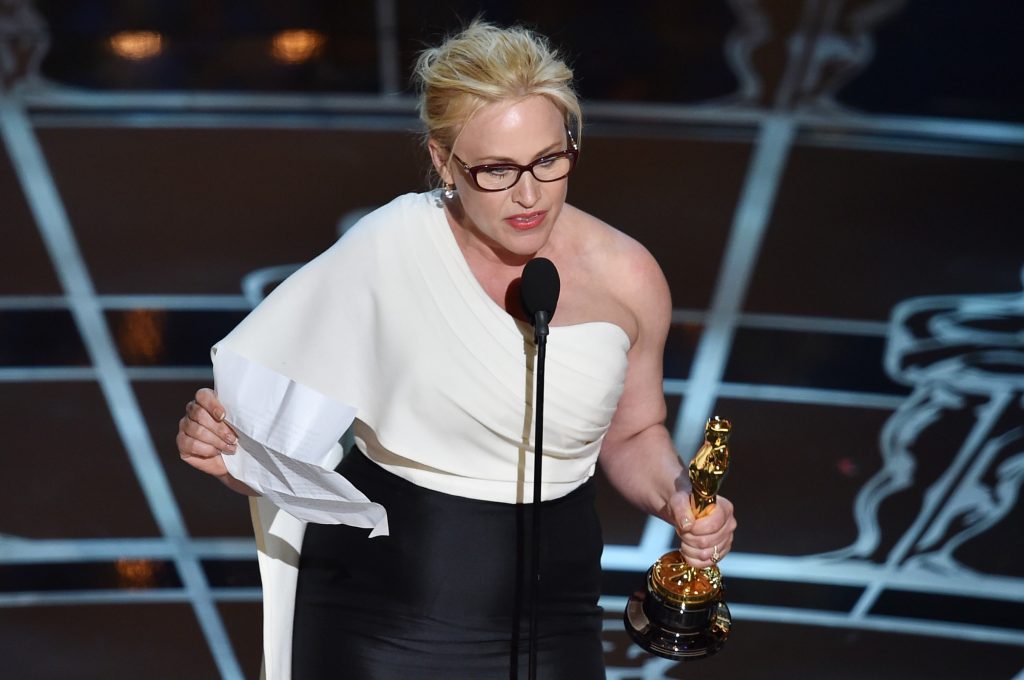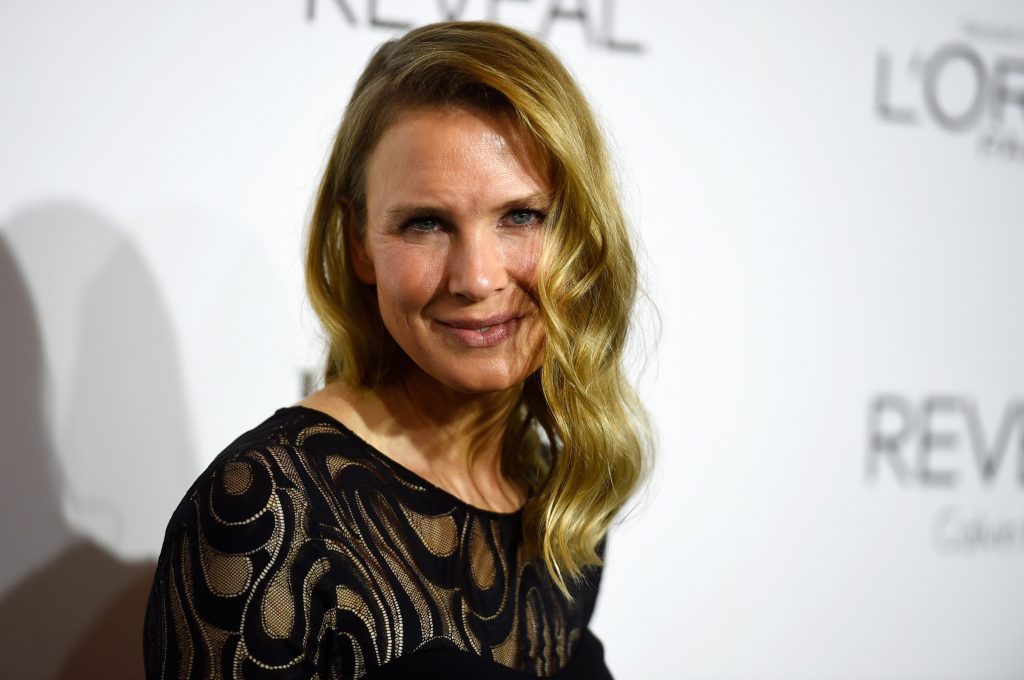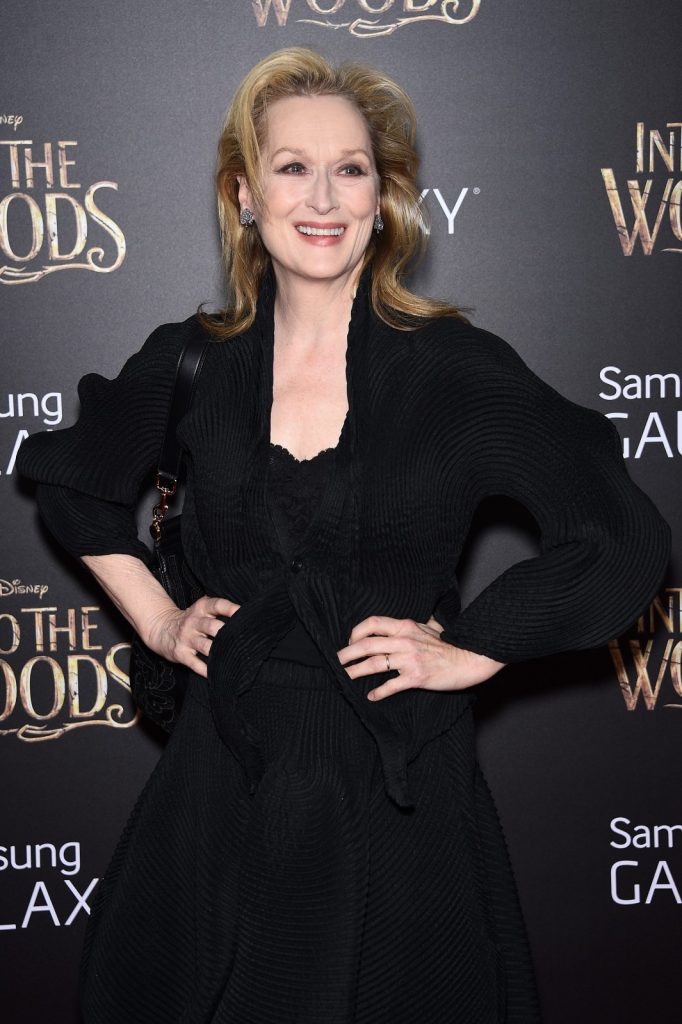With a record number of female directors at this year's Tribeca Film Festival we discuss the gender equality issues plaguing Hollywood's women.
Want to learn more about female-driven films at this year’s Tribeca Film Festival? Read our article, What Women Do: Tribeca Film Festival at MOJEH.com
‘I have been told several times that in terms of the process of raising finance for feature films and pre-selling films, in most cases, a woman attached to a film has less value than a man,’ says Rose Wicksteed, a London-based casting director – who’s worked on films from Martin Scorsese’s Hugo, Christopher Nolan’s Inception to BAFTA award-winning short film Room 8 – and who has already witnessed this issue first-hand. When women are placed at a lesser value than men to begin with, the rest of the people and process involved within a production (and the entire start-to-end process) will surely have a knock-on effect?
A recent study carried out by the Center for the Study of Women in Television and Film at San Diego State University concluded that women comprised 12 percent of protagonists in the top-earning films of 2014. In secondary roles, women were playing 29 percent of all major characters, and were given 30 percent of speaking roles. Furthermore, the majority of roles offered were for women in their twenties (23 percent) and thirties (30 percent). Men over forty accounted for 53 percent of characters and women that age represented 30 percent.
Adams and Lawrence should be grateful they were given lead roles to begin with. ‘I’ve been fortunate recently to have worked on a couple of films with leading female roles – this is rare. The majority of scripts I am sent are with a lead male of twenty-five to forty,’ Wicksteed told us. It’s fair to say that women feel unfairly represented through the constant portrayal of uncomplicated characters and want to see this change. ‘I hear a lot from actresses (and their agents) that they are fed up of always playing the supporting, one-dimensional role,’ she confirms. From Sydney Prosser’s deceptiveness to Rosalyn Rosenfeld’s dysfunctional behaviour, their characters were certainly more than one-dimensional. And maybe, that’s why they scooped awards.
And she’s right. The Journal Management Inquiry reported last year that female actresses usually witnessed a fall in pay after the age of 34. But their male counterparts’ pay peaked at the age of 51 and remained stable. US Labor Department data showed women in the arts, entertainment, sports and media industry during 2014 earned 85 percent of their male counterparts’ pay. Women working full time across all sectors earned on average 82.5 percent less than men.
Beauty and sex appeal also come into play. At the end of last year Julia Roberts, one of Hollywood’s most loved actresses spoke honestly of her decision not to have cosmetic surgery. During an interview about her ambassador role for beauty brand Lancome, she said: ‘By Hollywood standards, I guess I’ve already taken a big risk in not having a facelift but I’ve told Lancome that I want to be an ageing model – so they have to keep me for at least five more years until I’m over fifty.’ Working within an industry so heavily focused on youth and beauty, Roberts’ comments come as no surprise. As actresses feel pressure to turn to cosmetic surgery to stay appealing (and in work), Roberts’ decision not to go under the knife is going against the majority. This is something Meryl Streep too has noticed: ‘once women passed childbearing age they could only be seen as grotesque on some level,’ she told Vogue in January 2012. At forty women are past childbearing age and therefore no longer attractive?
But TV is starting to bring about change. Maybe it’s because reality is portrayed there. From Professor Annalise Keating in How To Get Away With Murder (played by Viola Davis) to Nessa Stein in The Honourable Woman (led by Maggie Gyllenhaal), female heroines (who are just as complex as they are intelligent) are lighting up our television screens on a weekly basis. At the 66th Emmy Awards in August last year, it was women over forty who were the biggest winners. From forty-eight-year-old Julianna Margulies winning lead actress for her character in the Good Wife to fifty-four-year-old Julia Louis-Dreyfus picking up the same for her role in HBO’s Veep. These characters are a true representation of us, women. ‘I think television is really leading the way in providing more strong roles for women: especially in Europe with Scandinavian dramas like Borgen, The Bridge, The Killing and the UK’s Last Tango in Halifax and Happy Valley. All of these featured women over forty who were fully realised complex characters and not just there as counterparts to the male characters’, Wicksteed reflected. Not playing a counterpart to their male character is proving to be successful, in TV.
Can the success of female-lead roles in television be mirrored on the screens of Hollywood too? ‘The film industry is very male dominated. It is relatively new compared with other industries and it was born in a patriarchal age. So it will take time for the balance to shift…but I think that this one thing reflects the other and when society continues to object to how women are being represented in the mass media, then hopefully the film industry will follow suit,’ concludes Wicksteed. The issue of ageism is just one aspect of the cyclical problem that’s rife in Hollywood. From a lack of representation of women of all ages, a blatant gender pay gap to a youth-obsessed industry, Hollywood has a lot of questions that need answering.
Hollywood’s equal pay disparity was further highlighted when actress Patricia Arquette used her Oscar speech in February to condemn the issue. Cheers and gestures of encouragement from Meryl Streep and singer Jennifer Lopez went viral as they led the sound of applause. Focusing on Hollywood (but encouraging equal pay across all sectors of society) Arquette didn’t shy away from the issue at hand. ‘To every woman who gave birth, to every taxpayer and citizen of this nation, we have fought for everybody else’s equal rights. It’s time to have wage equality once and for all. And equal rights for women in the United States of America,’ she said.
Something’s going on in Hollywood. From leaked Sony emails detailing a gender pay gap between huge Hollywood players to the disbelief in the existence of ageism – why are women the ones being dealt an unfair hand?
This lack of equality is further exploited in the roles offered to the women of Hollywood and it is forty that appears to be the magic number. It’s of no secret that the roles offered to women once they hit that age are significantly reduced. ‘When I was forty, I was offered three witch [roles]. I was not offered any female adventurers or love interests or heroes or demons,’ actress Meryl Streep told People magazine at the US premiere for Disney’s Into The Woods. ‘I was offered witches because I was ‘old’ at forty,’ she concluded. Taking on the role of The Witch in Disney’s adaptation of the 1986 stage hit by Stephen Sondheim and James Lapine, Streep felt at the age of sixty-five she was now appropriately cast. ‘I would say our culture is pretty youth-obsessed…especially people that pass forty,’ she concluded. Wicksteed consciously goes about to change this lack of diversity. ‘When I start working on a project, if I see an opportunity to open up the casting … and if this works creatively within the material then I will always suggest it,’ she says. ‘I’m always very keen to look for equality not only in gender but also in race and open up the casting of roles where this can work. I see it as part of my role as a casting director to bring this influence to the project. Actually I have just done this in a film where I’m casting a female policeman where it was originally written for a male character.’
To begin with there’s a gender pay gap. If an actress doesn’t hold as much weight as her male co-star then her own personal finance will instantly diminish. This was confirmed by the Sony leaked email scandal of 2014. Outlined in a series of emails between Sony and agents, intimate details of the pay difference between co-stars of Hollywood blockbuster American Hustle were shown. With an estimated production budget of $40 million, male leads Bradley Cooper and Christian Bale received 9 percent of the film’s profits whereas female co-stars Amy Adams and Jennifer Lawrence received a mere 7 percent (Lawrence was originally set at just 5). It was announced on the 13th February 2014 that the Sony Picture’s production had surpassed $200 million worldwide box office earnings and one only has to do the math to note the considerable difference in individual earnings. Box office takings are paramount but so too are award recognitions. With Adams and Lawrence leading the way for awards won – both picking up Golden Globes, and Lawrence a BAFTA too – their male co-stars were left in the dust. It’s both ironic and unjustifiable. Further to this, a leaked spreadsheet from consultancy firm Deloitte in 2005 showed that 85 out of the top 100 earners at Sony Pictures were men.
When actress Renee Zellweger graced the red carpet in October 2014 for the Elle Women Awards in Hollywood, the Internet went into overdrive from speculation about her changed facial appearance. The 45-year-old actress who’s famous from her roles in Bridget Jones’ Diary and Cold Mountain, said in a statement to People magazine: ‘I’m glad folks think I look different. I’m living a different, happy, more fulfilling life and I’m thrilled that perhaps it shows.’ Referring to the speculation as ‘silly’, she said: ‘my friends say I look peaceful. I am healthy. For a long time I wasn’t doing such a good job with that… People don’t know me in my forties. People didn’t know me as [healthy] for a while. Perhaps I look different. Who doesn’t, as they get older? But I am different. I’m happy.’ One cannot ignore the correlation between Zellweger’s supposedly opting for plastic surgery this year to her last partly successful film My Own Love Song back in 2010. Now, she has two movies scheduled for release this year, The Whole Truth and Same Kind Of Different As Me. You only have to Google ‘plastic surgery’ and ‘Hollywood’ to be met with an abundance of female- focused results. If men don’t have to change their physical appearance after they’ve turned forty, why does society dictate that women must? ‘[Again] this echoes the innate issues within our society and the mass media of women’s value relating primarily to their beauty and sex appeal’, reflects Wicksteed.








